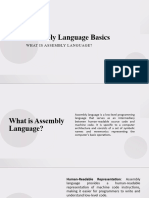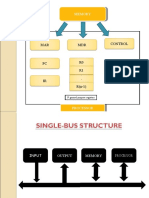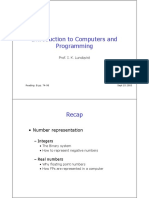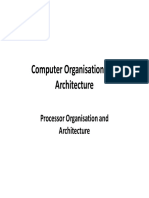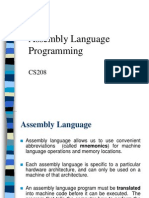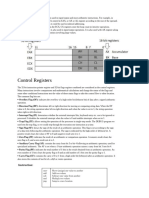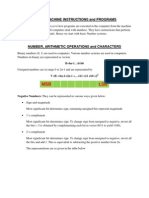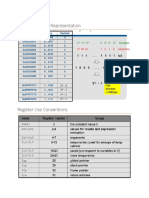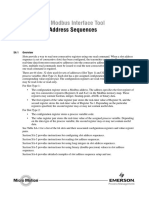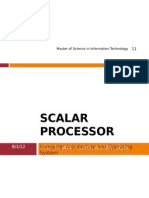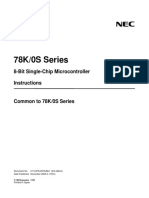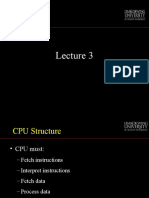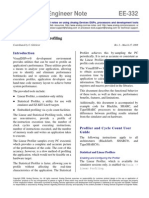0% found this document useful (0 votes)
10 views31 pagesMulticore and Assembly Language
The document discusses multicore systems, which utilize multiple processors to enhance computing efficiency, and explains the fundamentals of assembly language as a low-level programming interface between high-level code and machine code. It details the basic components of assembly language, including instructions, operands, mnemonics, and registers, as well as the execution cycle of assembly code. Additionally, it covers memory addressing modes and provides examples of basic assembly instructions and their execution process.
Uploaded by
patrickmontero61Copyright
© © All Rights Reserved
We take content rights seriously. If you suspect this is your content, claim it here.
Available Formats
Download as PDF, TXT or read online on Scribd
0% found this document useful (0 votes)
10 views31 pagesMulticore and Assembly Language
The document discusses multicore systems, which utilize multiple processors to enhance computing efficiency, and explains the fundamentals of assembly language as a low-level programming interface between high-level code and machine code. It details the basic components of assembly language, including instructions, operands, mnemonics, and registers, as well as the execution cycle of assembly code. Additionally, it covers memory addressing modes and provides examples of basic assembly instructions and their execution process.
Uploaded by
patrickmontero61Copyright
© © All Rights Reserved
We take content rights seriously. If you suspect this is your content, claim it here.
Available Formats
Download as PDF, TXT or read online on Scribd
/ 31

